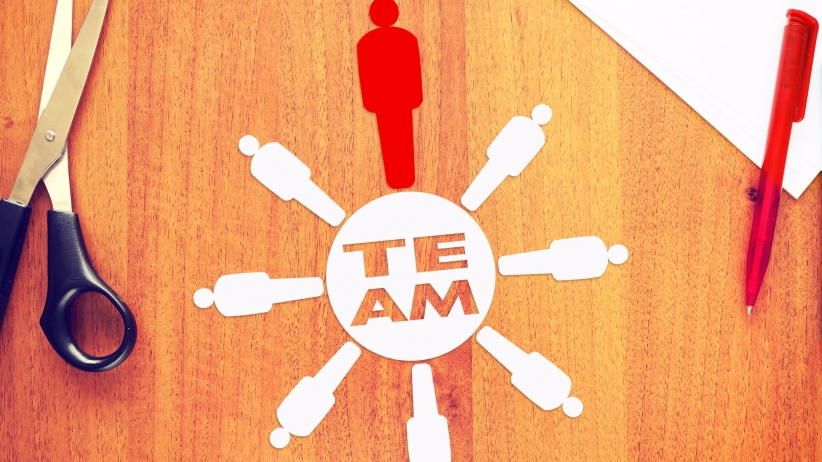Every week, Richard and I get emails and calls from frustrated MGOs who are not sure if they are doing the right things with the right people. Sometimes these calls are tough for me, because I’m a “fixer” and I want to help immediately.
Many of the MGOs talk about the lack of support they have from their manager or colleagues. We get comments like these:
- “Everyone is so busy, no one has time to talk about donors.”
- “We all feel so pressured to make budget that we never step back and look at the bigger picture.”
- “I have a donor that I’m not sure what the next step should be, and I have no one else around here to ask.”
A while back, I wrote a blog post called “It Takes a Village.” I stressed that you need outside help, encouragement, strategy… and a bit of reassurance from your colleagues. By purposely bringing others into your work, Richard and I believe you’ll end up being much more effective.
Today, I just want to give you a “down and dirty,” practical guide to how to conduct those meetings, so that you will end up having a more effective strategy as you relate to your donors. Here you go:
-
Every month, block two consecutive hours to hold a “Major Donor Strategy Session.”
If you have a team of more than two MGOs, I recommend creating two separate meetings of two hours each. (I don’t believe in holding meetings any longer than two hours. After that, the meetings become ineffective.) For example, if you have five MGOs on your team, you could hold a session in the morning and another in the afternoon, and you’ll get it all done in one day.
-
Get commitment from leadership.
If you are a manager, you can implement this immediately. If you’re an MGO, convince your manager that it is vitally important that you involve others in brainstorming and creating strategy that will help you engage with your donors.
-
Invite your list.
Every MGO on the team should be invited to participate in the meeting. Also, the Development Director should always be present. There should be one person from program, one person from finance, and one from leadership. They don’t have to be the same person every time, but one from each department should be represented. If you’re a small shop, inviting a board member would be helpful. Outside perspective is needed in this type of meeting, and it also gives those invited a sense of ownership in major gifts. Everyone in this meeting should have their ideas be given equal weight. In other words, just because your finance person isn’t a professional fundraiser doesn’t mean her ideas of what you could do with a donor aren’t important.
-
Each MGO should come prepared to discuss 3–5 donors that you need counsel on.
Each MGO needs to come prepared with all the relevant background information on her donors. What steps have you already taken, and what is the overall revenue goal and current strategy? Then you need to be clear on what your barrier or problem is.
-
Allow each MGO to lead his particular strategy session.
The development director can act as a facilitator, but leave it to the MGO to run the session for his particular donors.
-
The MGO should be clear on what they need.
When discussing a donor, the MGO has to be clear on what barrier they’re up against, and what they specifically need help with. This will help the assembled team focus correctly.
-
Share action steps and outcomes.
Every MGO, for every donor on their caseload, has to articulate and record the action steps that came from the donor strategy session. Once completed, the outcomes need to be communicated to the assembled team. If this is not done, you will lose the interest of the folks who are not directly responsible for fundraising in your organization. Just like with a donor, you have to report back on the outcome of the strategies they helped you to develop.
Again, make sure no session goes over two hours in length. You may find that you only get through two donors. That’s fine. The important thing is that you received ideas, counsel, and strategy on those two donors, and you have agreement on the path forward.
I cannot begin to tell you how important these donor strategy sessions are for an MGO. Many times you feel you are alone out there. This gives you the opportunity to get input from your colleagues and to feel a shared collegiality with your peers. And you get a new donor strategy that you probably would have never thought of on your own.
I know firsthand that these strategy sessions work. You not only generate creative ideas, but everyone leaves inspired.
Start your strategy sessions now.
Jeff
PS — For an in-depth look at building out your donor strategy, check out our free white paper, “Creating Strategic Plans and Goals for Every Major Donor.”
This post originally appeared on the Passionate Giving Blog on March 22, 2017.







0 Comments